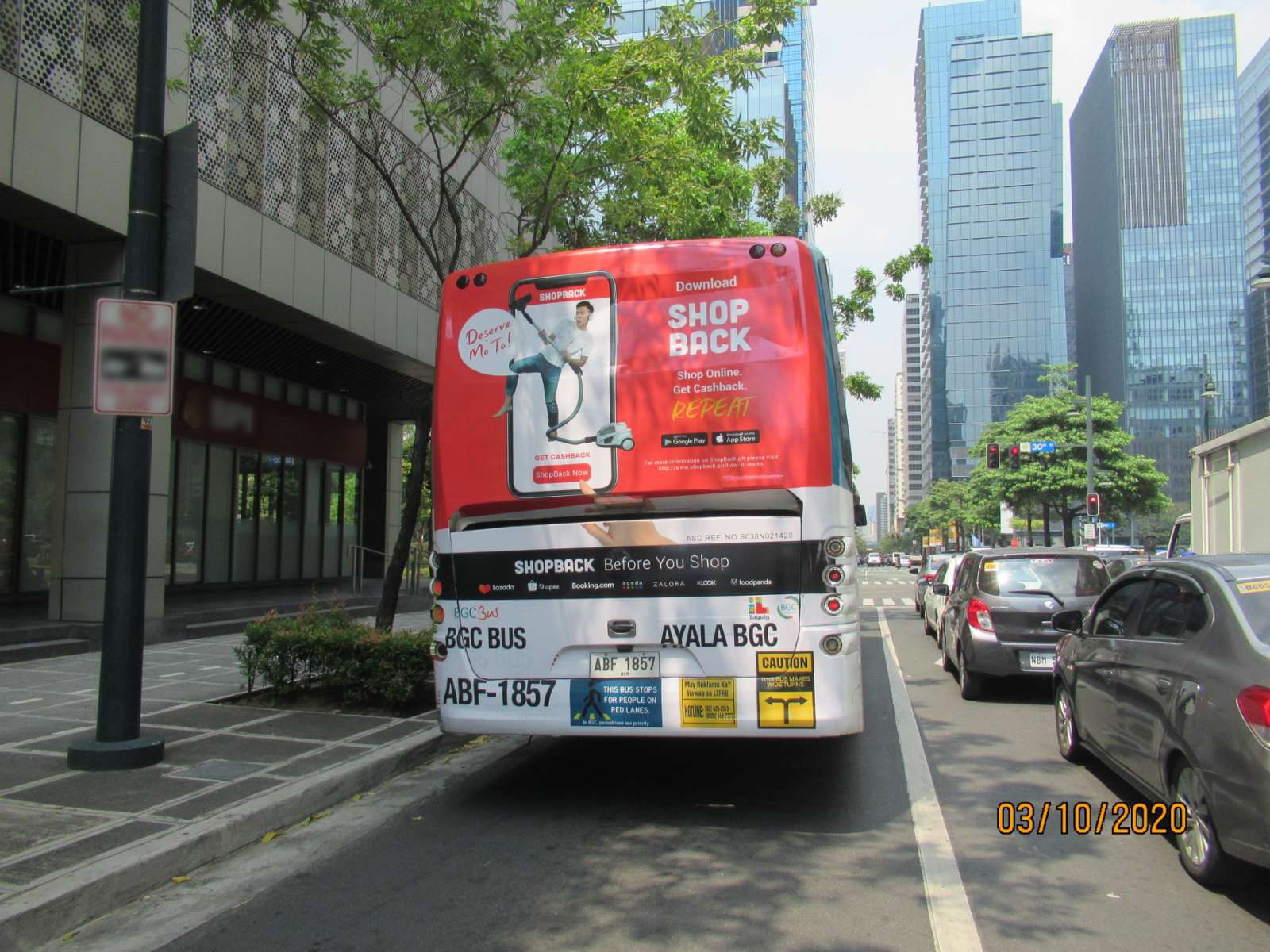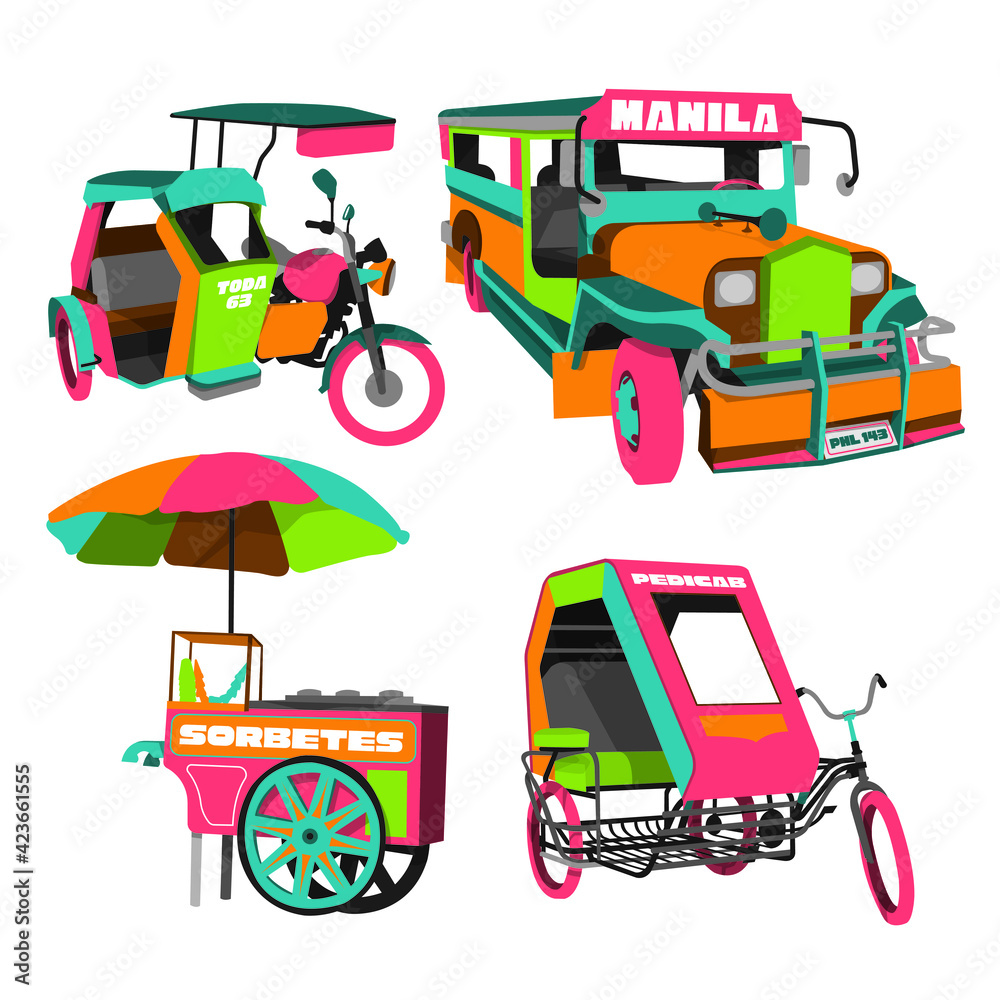Exactly How Transit Marketing Can Transform Public Transport Spaces Into Dynamic Marketing Platforms
Transit marketing holds considerable capacity to redefine public transport areas right into lively marketing systems that notify and involve. As we explore the multifaceted benefits and evolving techniques of transit advertising, it raises the inquiry of just how this makeover might redefine our communications with both brands and the urban environment.
Benefits of Transit Advertising And Marketing

Additionally, transit advertising and marketing is extremely affordable contrasted to standard media. It enables advertisers to achieve high impressions at lower costs, maximizing roi. The restricted target market of travelers offers a possibility for brand names to convey their messages to people who are often receptive during their travel times.
In addition, the dynamic nature of transportation advertising allows projects to be updated often, ensuring that messaging stays timely and relevant. This flexibility can be vital in replying to market trends or marketing events, keeping the brand top-of-mind for customers. Last but not least, the prevalent presence of transportation advertising contributes to brand recall; repeated direct exposure within familiar traveling contexts enhances brand name recognition and cultivates consumer loyalty, ultimately enhancing and driving sales brand name reputation.
Types of Transportation Marketing
Public transport systems give various styles for advertising and marketing, each satisfying different advertising strategies and audience interaction techniques. One noticeable kind is external bus and train wraps, which cover the entire vehicle and produce a mobile billboard result, permitting high presence in metropolitan environments. These wraps can capture interest as they go across active roads, getting to a varied audience.
One more popular format is interior marketing, that includes posters, electronic screens, and advertisements on transportation seats. These placements engage travelers throughout their trip, enhancing brand name messaging in a restricted room. Digital displays, particularly, supply the advantage of vibrant web content, allowing marketers to upgrade messages in real-time.
Station advertising and marketing is also considerable, including posters, banners, and interactive stands within transportation terminals. These advertisements take advantage of foot traffic and can target details demographics based on place.
Last but not least, promotional collaborations with transit authorities can cause unique projects, such as themed transit experiences or events, boosting the overall involvement with commuters. Each kind of transit advertising provides unique benefits, enabling brand names to tailor their strategy to properly reach their target audience within the general public transportation community.
Engaging Commuters Effectively
Commuters are significantly flooded with advertising and marketing messages throughout their everyday journeys, making it important for brands to involve them in ingenious means. To capture interest in this crowded space, advertisers must prioritize creativity and relevance. Making use of distinctive visuals and concise messaging can dramatically boost the probability of engagement.
Interactive aspects, such as QR codes or enhanced reality attributes, can also change static ads into immersive experiences, cultivating a much deeper link with the target market. Brands must concentrate on resolving commuters' requirements and interests, tailoring messages to resonate with their way of life, whether through promos for neighborhood services or solutions made to boost their travelling experience.
Moreover, timing plays a critical function; tactically putting ads throughout optimal travelling hours can optimize visibility and influence. Involving travelers efficiently likewise includes leveraging social networks integration, enabling travelers to share their experiences or promotions straight from transit platforms, thus enhancing brand reach.
Essentially, reliable engagement depends upon understanding the commuter trip and developing engaging, interactive, and relevant advertising experiences that not only catch interest but likewise drive activity and commitment. By doing so, brands can change public transport right into a vibrant advertising system that resonates with its audience.

Measuring Advertising Influence
How can brand names accurately assess the performance of their marketing projects en route environments? Determining the influence of transportation advertising and marketing calls for a multifaceted method that integrates qualitative and quantitative metrics. One prevalent technique is tracking involvement through mobile analytics, where brands can assess foot web traffic patterns and app interactions before, throughout, and after projects.
Studies can supply valuable insights right into brand recall and consumer sentiment, allowing brands to assess exactly how well their messages resonate with travelers. Furthermore, keeping an eye on social networks interaction pertaining to specific campaigns can find more disclose changes in public perception and brand name conversation.

Additionally, collaborating with transit companies can enhance measurement accuracy, as they often have in-depth demographic information on ridership trends. By integrating these techniques, brands can establish an extensive understanding of their marketing effectiveness, ensuring that their projects try these out not only get to however also impact their target market effectively.
Future Patterns in Transit Advertising And Marketing
A significant shift is prepared for en route advertising as technical innovations and altering consumer habits improve the landscape. Transit Advertising Philippines. The combination of electronic display screens and multimedias is anticipated to boost interaction, enabling brands to provide dynamic material that resonates with diverse audiences. As public transport systems accept smart technology, advertisers will take advantage of real-time data analytics to customize messages based on guest demographics and behaviors
Moreover, enhanced truth (AR) is positioned to transform the means commuters interact with promotions. By supplying immersive experiences, AR can change an ordinary journey right into an engaging story that catches attention and cultivates brand commitment. This advancement will likely encourage marketers to develop even more experiential campaigns that drive consumer interaction.
Sustainability is one more important trend influencing transportation marketing. As environmental awareness grows, brands will significantly seek to line up with green methods, using sustainable products and advertising eco-friendly efforts within their projects.
Final Thought
In conclusion, transit marketing provides considerable advantages by boosting brand name visibility and engaging a captive audience. As trends progress, the capacity for ingenious interactions between commuters and brands is poised to expand, making certain that transit marketing stays an important element of modern-day advertising and marketing techniques.
Transportation advertising holds considerable possibility to redefine public transportation rooms into dynamic marketing systems that involve and educate. The prevalent existence of transit advertising contributes to brand recall; repeated direct exposure within familiar traveling contexts enhances brand name understanding and cultivates customer commitment, inevitably improving and driving sales brand learn the facts here now name track record.
Just how can brands precisely assess the performance of their advertising and marketing projects in transit atmospheres?In final thought, transportation marketing provides substantial advantages by improving brand visibility and engaging a captive target market. Transit Advertising Philippines. As fads advance, the capacity for innovative communications between brands and travelers is poised to grow, ensuring that transportation marketing remains a vital part of modern advertising and marketing methods
Comments on “Make Best Use Of Exposure with Transit Advertising Philippines”